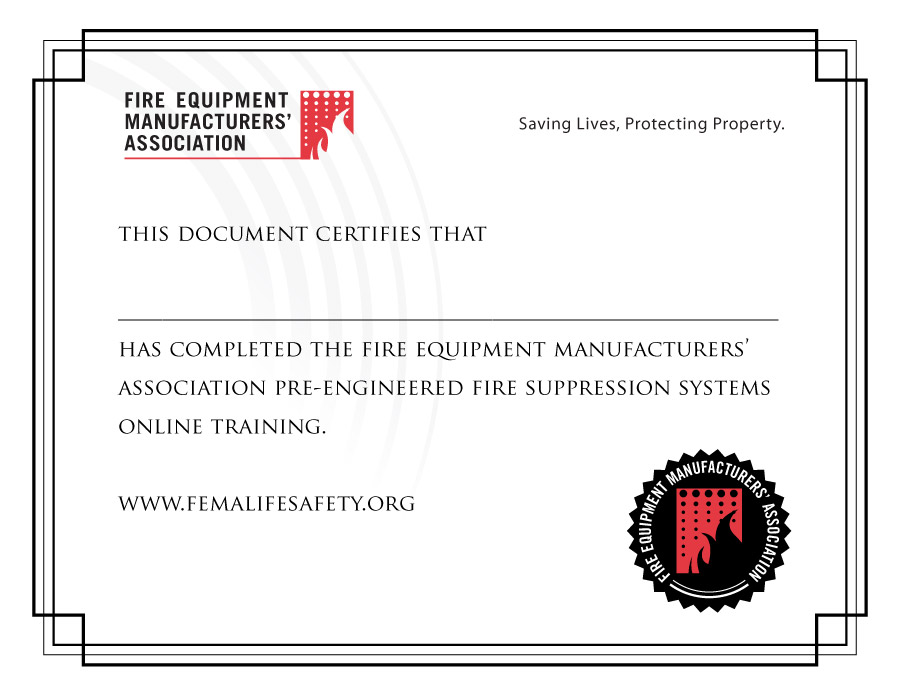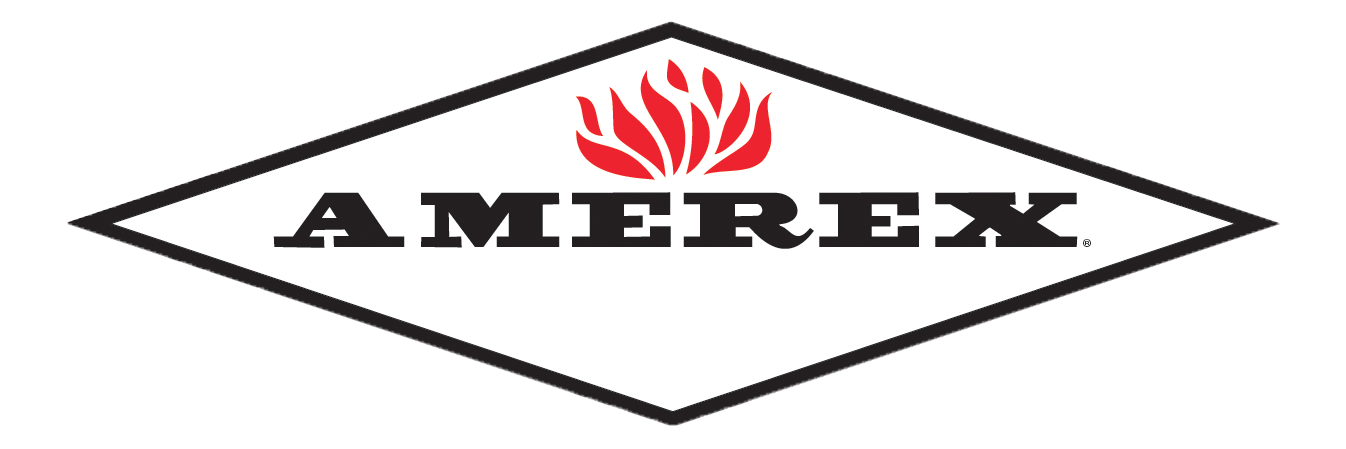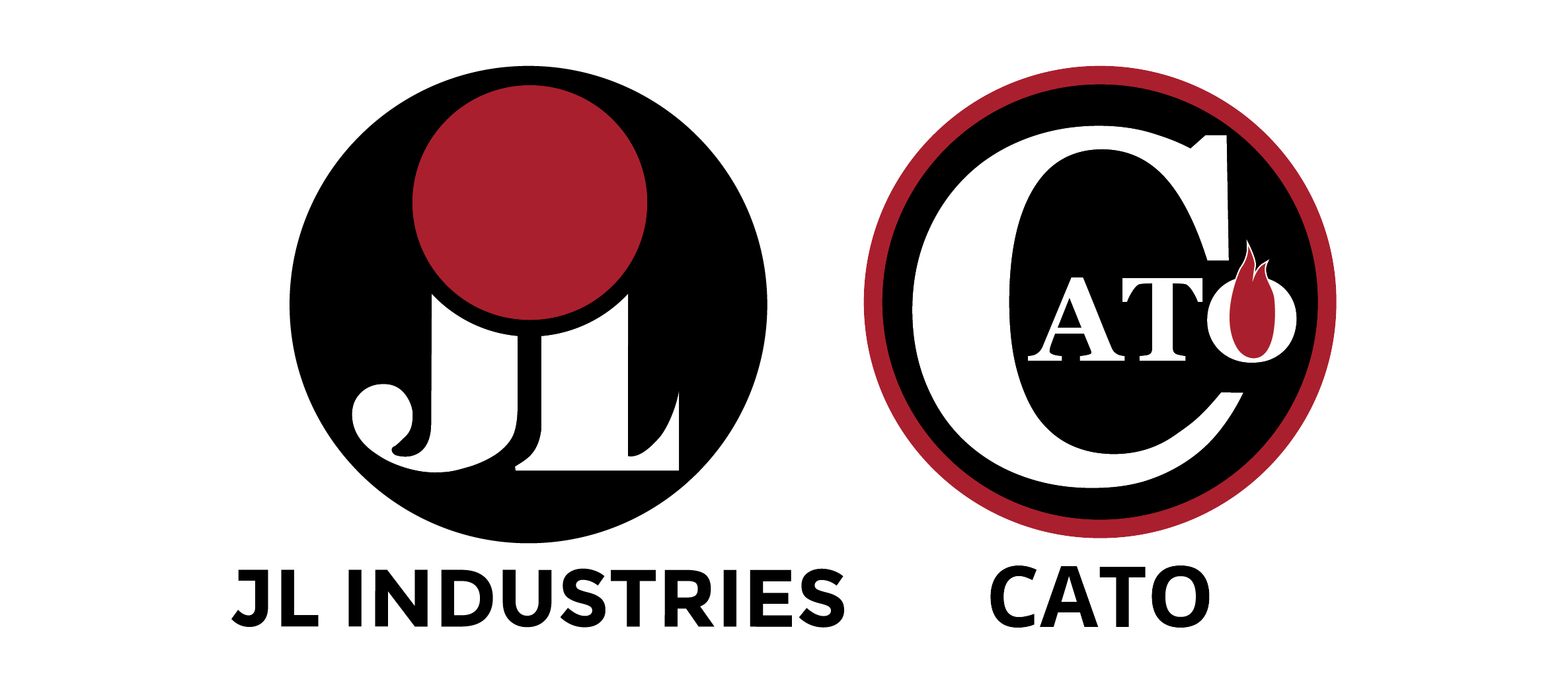In the event of a fire on a cooking appliance, pre-engineered fire suppression systems will activate automatically and do not require human intervention.
Pre-engineered fire suppression systems provide immediate response during the first minutes of a fire.
A wet agent system is an effective way for suppressing commercial cooking fires before major damage occurs.
Pre-engineered dry chemical fire suppression systems use dry chemical compounds that suppress fire effectively and provide efficient coverage.
Pre-engineered dry chemical agents come in BC or C and require recharging for the system after operation.
Pre-engineered dry chemical fire suppression systems are the best alternative in applications where a dedicated water supply is unavailable.
A few examples of situations where pre-engineered systems are mandated include places with flammable or combustible liquid or gases, paint spray operations involving flammable or combustible materials, and combustible solids, such as plastics.
In the event of a fire, the first step is to call the fire department.
Clean-up of extinguishing agent and cooking media does not have to be performed as quickly as possible.
Pre-engineered wet chemical fire suppression systems must comply with NFPA 17A, Standard for Wet Chemical Extinguishing Systems and NFPA 96, Standard for Ventilation Control and Fire Protection for Commercial Cooking Operations and also be test and listed to ANSI/UL Standard 300.












